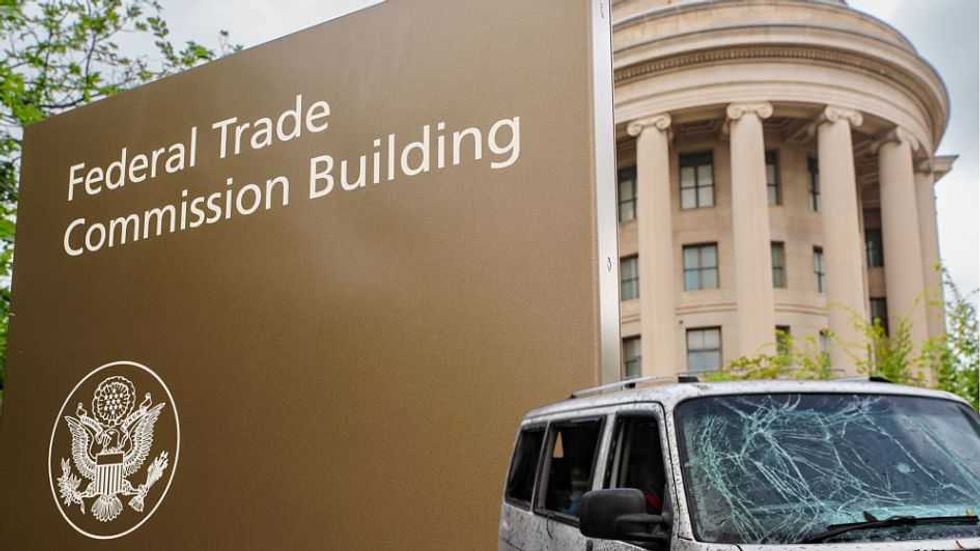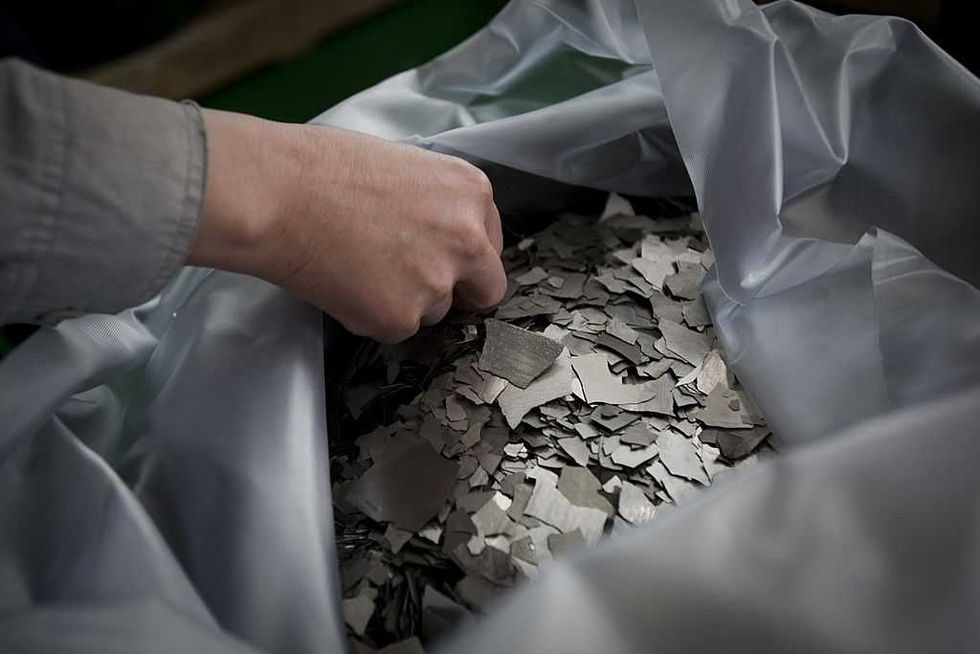China’s ‘Grand’ Military Parade Is a Facade That Barely Conceals Its Vulnerabilities

Last week, the Chinese Communist Party commemorated the 80th anniversary of the end of World War II with a meticulously orchestrated military parade, showcasing an impressive array of advanced weaponry. This grand display, however, is merely a façade that barely conceals the vulnerabilities of the authoritarian regime.
Live Your Best Retirement
Fun • Funds • Fitness • Freedom
Strategically, the regime highlighted an impressive collection of military assets, including drones, jet fighters, and cutting-edge missiles. Among them, the KD-21 air-based hypersonic missile drew particular attention. A Chinese military expert proudly claimed that this missile can be launched from bombers beyond enemy air defense zones, capable of penetrating interceptors and striking targets before swiftly returning to base. Dubbed the “aircraft carrier killer,” this missile underscores significant strategic implications for China’s military ambitions.
The impressive advancements in China’s military capabilities underscore the Communist regime’s decades-long commitment to modernizing the People’s Liberation Army. Official data reveals that China has dramatically doubled its military budget in the past decade, reaching $246.5 billion by 2025.
However, many experts suggest that this figure may significantly underrepresent the true extent of military spending. A 2023 report by the U.S. Department of Defense estimates that actual expenditures could be 30 to 40% higher than the officially stated budget. This considerable investment not only strengthens China’s military power but also raises urgent concerns about global security and stability.
However, despite this substantial investment, doubts linger regarding the military’s combat effectiveness, particularly as it has not been tested in battle since 1979. Recently, a Chinese Navy guided-missile destroyer attempted to intimidate a Philippine Coast Guard vessel and local fishermen near the contested Scarborough Shoal in the South China Sea. Instead, this destroyer collided with a nearby China Coast Guard ship, resulting in significant damage.
This misstep reflects poorly on China’s Navy, which has undergone extensive modernization under Xi Jinping and now possesses the largest fleet in the world. Ultimately, this incident underscores a critical truth: Advanced military technology cannot substitute for real combat experience and operational proficiency.
Additionally, Xi’s image as a strong leader who has everything under control has been increasingly undermined by rising public dissatisfaction inside China. Several incidents in August alone have garnered global attention.
On Aug. 2, a video depicting a 14-year-old girl being bullied by three other students in Jiangyou, Sichuan province, went viral on Chinese social media. Many citizens were outraged by the police’s lenient punishment of the bullies and perceived indifference from government officials toward the girl’s parents seeking justice. This fueled thousands to rally outside the local government office on Aug. 4, calling for accountability while chanting, “No bullies. Give our democracy back.”
In response, local police, supported by SWAT teams, used batons to beat protestors indiscriminately and arrested many. Millions of people witnessed the “Jiangyou incident” unfold on Chinese social media before censors swiftly removed the videos. Yet, the spirit of dissent could not be silenced, as numerous citizens sought ways to voice their outrage and protest.
On Aug. 7, a brave individual in Kunming, Yunnan, boldly held a sign proclaiming, “Xi Jinping Step Down.” Despite being arrested shortly after, his defiant stand resonated and inspired others to act.
Then, on Aug. 29, just days before China’s grand military parade, activist Hong Qi took a bold step by projecting powerful anti-Communist slogans onto a prominent building in Chongqing, a bustling megacity in Southwest China. The provocative messages included, “No more lies, we want the truth,” “No more slavery, we want freedom,” “Only without the Communist Party can there be a new China,” and “Down with red fascism, overthrow the Communist tyranny.” It took police over an hour to track down and disable the projector, which had been cleverly hidden in a hotel room. By that time, Qi and his family had already fled to the United Kingdom.
Qi demonstrated remarkable ingenuity by setting up a system that allowed him to operate the projector remotely and record the police’s response, which he then uploaded online for millions to witness. In essence, Qi outsmarted China’s extensive surveillance apparatus.
Qi detailed in an interview his careful planning that led to his solitary protest, which he deliberately scheduled just before Xi’s grand military parade. His bold message to his fellow citizens was striking: “We should stand against tyranny … Anything might be the spark that lights the prairie fire.”
These events underline the fact that Xi’s grip on power in China is far from secure. A growing sense of anxiety and despair pervades among ordinary Chinese people as the country grapples with a significant economic slowdown. The ongoing trade war with the U.S. has further deepened this downturn, and a prolonged property crisis has eradicated trillions of dollars in household wealth. The combination of a faltering economy and the government’s unpredictable and often harsh law enforcement policies has led to a mounting distrust of the authorities.
The high youth unemployment rate, which was nearly 17% in February this year, means many tech-savvy young individuals have plenty of time to browse social media. Thus, they can quickly bring any issue to the forefront, often outmaneuvering censors like Qi did. These unemployed youth also mobilize rapidly, as demonstrated by protests sparked by incidents that resonate with their dissatisfaction toward the authorities.
According to the China Dissent Monitor, the CCP’s heavy-handed approach to suppress dissent strict measures to suppress dissent have not deterred the public. In the first six months of this year, incidents of public dissent have surged 75% compared to the same period last year, indicating a clear rise in tension.
The U.S. and its allies should remain vigilant, given the formidable arsenals the CCP has assembled and showcased at the recent military parade. We must be prepared to counter the threats posed by this weaponry. However, we should not be intimidated by it. No matter how extravagant China’s military parade was, it cannot hide the deep vulnerabilities of the authoritarian regime beneath the surface.
We publish a variety of perspectives. Nothing written here is to be construed as representing the views of The Daily Signal.
The post China’s ‘Grand’ Military Parade Is a Facade That Barely Conceals Its Vulnerabilities appeared first on The Daily Signal.
Originally Published at Daily Wire, Daily Signal, or The Blaze
What's Your Reaction?
 Like
0
Like
0
 Dislike
0
Dislike
0
 Love
0
Love
0
 Funny
0
Funny
0
 Angry
0
Angry
0
 Sad
0
Sad
0
 Wow
0
Wow
0










































































